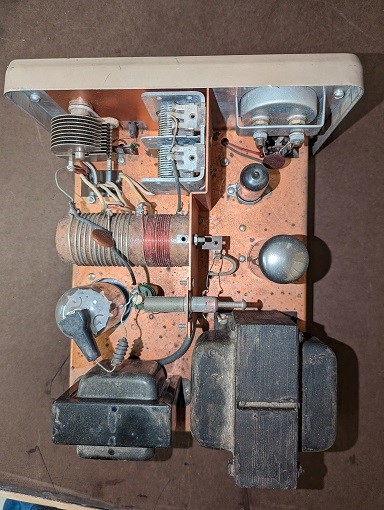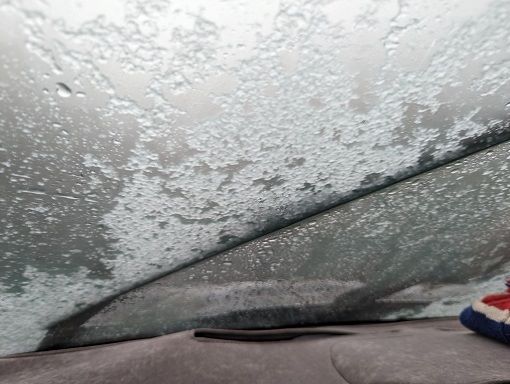I recently found yet another electrical utility company power pole with a problem. This was a case of radio interference. Unlike some issues I’ve reported, this problem presents no safety concerns.
I don’t know how much clearer I could make it than, “This problem is NOT a safety hazard. It is only a radio interference issue. This can be taken care of when there is a line crew with nothing else to do.” I emphasized the word NOT.
Despite my efforts, the electric company is treating it as if an overhead line was down and making lots of loud noise as it jumps around on the ground. “We will dispatch a crew immediately. They will arrive within 10-15 minutes. Do not approach the area until cleared by the line crew.”
Sigh.
I don’t know if it’s because I have reported several problems that were dangerous to passerby, or if I’ve been “tagged” as someone who has repeatedly found actual problems at the actual pole number I reported and it’s “easy work”. Here, each pole has a serial number that can be used to find its exact location, age, pole height, what is attached to the pole, a maintenance history and all manner of other information. So far, I’ve been 100% correct with identifying the pole with the problem.



